Kojic Acid Benefits for Skin: The Brightening Secret I Wish I Knew Sooner
| Authored by: Abhishek Ranjan Jha |
| Reviewed by: Kapil Dhameja |
| Estimated Reading Time: 5 minutes |
I’ve spent way too many mornings staring at my reflection, wishing those pesky dark spots from old acne would just disappear. I tried everything—fancy creams, DIY masks, you name it—but nothing seemed to work without leaving my skin red and cranky. Then I heard about kojic acid, a skincare ingredient that promised to brighten my complexion without being too harsh. At first, I thought it sounded too good to be true, but after digging into the research and giving it a go myself, I’m a believer. Kojic acid has some serious science behind it, and it’s become a staple in my routine. In this deep dive, I’m sharing everything I’ve learned about kojic acid—what it is, why it works, how to use it, and even a natural alternative if you’re looking for something gentler. We’ll also bust some myths and throw in a quirky fact I stumbled across. Let’s get into it and see if kojic acid might be the brightening secret your skin’s been waiting for.
What Is Kojic Acid and Where Does It Come From?

So, where does this magical ingredient even come from? Picture a traditional Japanese brewery, the kind where they’re making sake and the air smells like fermenting rice. That’s where kojic acid starts its story. It’s a natural compound that comes from fungi like Aspergillus oryzae, which is used to ferment stuff like sake, soy sauce, and miso. During that fermentation process, this fungi churns out kojic acid as a by-product. Chemically, it’s called 5-hydroxy-2-(hydroxymethyl)-4-pyrone—try saying that five times fast—but what matters is what it does. Kojic acid basically tells tyrosinase, the enzyme that makes melanin (the pigment in your skin), to take a break. Less melanin means those dark spots start to fade, and your skin looks more even.
I was pretty shocked to learn that kojic acid was first discovered back in 1907 by a Japanese scientist named Y. Saito. For a long time, it was just a scientific curiosity, but by the late 20th century, people figured out it could be a game-changer for skincare. Now you’ll find it in all sorts of products—creams, serums, soaps, you name it—because it’s such a solid way to tackle pigmentation without being too aggressive.
Kojic Acid Benefits Backed by Science

I’m the kind of person who needs proof before I slather something on my face, so I went down a rabbit hole of studies on kojic acid. Turns out, it’s got some pretty legit benefits, and the research backs it up. Here’s what I found:
-
Kicks Dark Spots to the Curb
Those stubborn dark patches—whether from too much sun, acne scars, or melasma—can feel like they’re glued to your face. Kojic acid works by slowing down melanin production, which helps lighten those spots over time. I read a 2013 study in the Journal of Cosmetic Dermatology that blew my mind: a 2% kojic acid cream fades melasma in 60% of people after 12 weeks. That’s a win in my book. -
Brings Back the Glow
If your skin’s looking dull and tired—like it forgot how to shine—kojic acid can help. By cutting back on excess melanin, it evens out your tone and gives you that lit-from-within look. Researchers say it works even better when you pair it with stuff like glycolic acid or vitamin C, which team up to make your skin pop. -
Fights Off Aging
Here’s a little bonus I didn’t see coming: kojic acid has antioxidant powers. That means it can take on free radicals, those sneaky little molecules that mess with your collagen and make fine lines show up early. Fewer free radicals means your skin stays firmer and smoother for longer. Who doesn’t love that? -
Says Bye to Acne Marks
If you’ve ever dealt with acne, you know those dark marks it leaves behind can be a total pain. A study published in Journal of Clinical Medicine on 12 people with acne marks found that using a cream with 3% kojic acid helped brighten the skin in 75% of cases, reduced dark spot contrast in 83%, and improved skin tone in 67%. This suggests kojic acid is effective for fading acne-related discoloration. -
Helps with Breakouts
Kojic acid has a little trick up its sleeve—it’s got antimicrobial properties, so it can fight off bacteria like Propionibacterium acnes, the kind that causes acne. It’s not a cure-all for breakouts, but it’s a nice bonus if you’re dealing with pimples and pigmentation at the same time.
Kojic Acid for Every Skin Type & How to Use Kojic Acid in Your Skincare Routine
One of the coolest things about kojic acid is that it’s not super picky—it can work for most skin types if you use it right. Here’s how it fits different skin vibes and some tips for adding it to your routine without any drama.
-
Oily or Acne-Prone Skin
If your skin’s always greasy and breaking out, kojic acid can be a lifesaver. It tackles acne scars and keeps oil in check without clogging your pores. I’d go for a cleanser or spot treatment with kojic acid to target those dark marks while keeping breakouts at bay. -
Dry Skin
Got skin that feels tight and flaky? You can still use kojic acid—just pair it with something hydrating. I like following it with a moisturizer that’s got hyaluronic acid to keep my skin from drying out. -
Sensitive Skin
If your skin freaks out at everything, take it slow. Start with a 1% concentration and test it on a small spot first, like behind your ear. Mixing it with something soothing, like aloe vera, can help keep the redness away. -
Normal or Combo Skin
If your skin’s a mix of oily and dry or just “normal,” you’re golden. Kojic acid at 1-2% in a serum or cream should work without causing any fuss.
How I Use Kojic Acid in My Routine
Here’s how I’ve been using it, and it’s been smooth sailing so far:
-
I start with a clean face—kojic acid sinks better that way.
-
I dab on a tiny bit of my kojic acid serum, just a pea-sized amount, and pat it into my skin.
-
Then I slap on a moisturizer to lock everything in and keep my skin happy.
-
Sunscreen is a must during the day—kojic acid can make your skin more sun-sensitive, and I’m not about to let new dark spots ruin my progress.
-
When I first started, I used it at night, maybe 2-3 times a week, to see how my skin would react. Now I’m up every night, and it’s been fine.
Kojic Acid for Different Skin Concerns & Side Effects and Safety Tips

What Can Kojic Acid Help With?
-
Melasma: Those dark patches that show up during pregnancy or from hormones can be a nightmare. Kojic acid can lighten them, especially if you pair it with something like arbutin or vitamin C.
-
Age Spots: Too much sun over the years can leave you with age spots, but kojic acid can help fade them by blocking melanin.
-
Acne Scars: The dark marks left after a breakout can stick around forever, but kojic acid can help even things out.
What About the Downsides?
Kojic acid is pretty good overall, but it’s not perfect. Here’s what I’ve learned to watch out for:
-
Irritation: Sometimes it can make your skin red or stingy, especially if you use too much. If that happens, I take a break and check in with my derm.
-
Sun Sensitivity: Kojic acid can make your skin more prone to UV damage, which is why I’m religious about sunscreen. Without it, you might end up with more spots than you started with.
-
Dryness: If I overdo it, my skin gets a bit flaky. A good moisturizer fixes that, and I try not to use it more than once a day.
-
Allergic Reactions: It’s rare, but you might be allergic. I always test it on my inner arm first, just to be safe.
A Few Tips to Keep Things Safe
-
Don’t put kojic acid on broken or irritated skin—it’ll just make it worse.
-
Be careful mixing it with strong stuff like retinoids or AHAs unless you’ve talked to a pro.
-
After 3-6 months, I take a little break to give my skin a rest and avoid any sensitivity.
Kojic Acid vs. Other Brightening Ingredients
I’ve tried a bunch of brightening ingredients over the years, so I wanted to see how kojic acid holds up. Here’s the scoop:
-
Hydroquinone: This stuff is intense—stronger than kojic acid for sure. But it can cause weird side effects like ochronosis, a bluish discoloration, if you use it too long. Kojic acid feels safer for me.
-
Vitamin C: I love vitamin C for that overall glow, and it’s gentler than kojic acid. But it’s slower to tackle really stubborn spots. I’ve been using them together lately, and it’s been a great combo.
-
Azelaic Acid: This one’s awesome for acne-prone skin since it fights breakouts too. It’s less irritating than kojic acid but takes longer to show results.
-
Arbutin: Arbutin works a lot like kojic acid but is milder, so it’s better if your skin’s super sensitive.
A Natural Substitute I’ve Been Loving
If kojic acid feels too harsh for you, I’ve got a gentler option: licorice root extract. It’s got this compound called glabridin that works like kojic acid to slow down melanin production, plus another compound, liquiritin, that helps break up existing pigment. I found a 2019 study in the Journal of Clinical and Aesthetic Dermatology that said licorice root extract helped fade melasma without any irritation. It’s also got anti-inflammatory vibes, so it’s great for calming redness if your skin’s on the sensitive side. I’ve been using a serum with licorice root extract lately, and it’s been a total game-changer for my sensitive days.
Myths vs. Facts: Clearing the Confusion
There’s a lot of chatter about kojic acid out there, and not all of it’s true. Let’s set a few things straight:
-
Myth: Kojic acid bleaches your whole skin tone.
Fact: Nope—it just targets extra pigment to fade dark spots, not your natural color. -
Myth: It’s dangerous to use for a long time.
Fact: At 1-2% with sunscreen, it’s fine. I just take breaks every few months to be safe. -
Myth: It works overnight.
Fact: You’ve gotta be patient—most people see changes after 4-12 weeks.
A Unique Fact About Kojic Acid
Here’s a Fun Tidbit I Stumbled Across: Kojic acid gets its name from “koji,” the fermented rice used to make sake. But get this—it’s also used in food to keep stuff like apples and potatoes from turning brown. So while it’s brightening your skin, it might also be keeping your groceries fresh at the store!
FAQs
Q: Can I use kojic acid with retinol?
A: Yes, but go slow. I use them on different nights at first to avoid irritation, and I always follow with moisturizer and sunscreen.
Q: How long until I see a difference?
A: Usually 4-12 weeks, depending on your skin and how often you use it.
Q: Is kojic acid safe during pregnancy?
A: There’s not enough research, so I’d check with a doctor first.
Q: Does kojic acid cause cancer?
A: No evidence says so in humans. Some animal studies used crazy high doses, way more than you’d ever use on your skin.
Conclusion
After months of experimenting, I can honestly say kojic acid has been a brightening game-changer for me. It’s faded my dark spots, evened out my tone, and even helped with some acne marks—all with science to back it up. It’s not perfect; you’ve gotta use it smartly with sunscreen and moisturizer to avoid irritation, but it’s worth it for the results. If it feels too intense, licorice root extract is a gentler option that I’ve been loving lately. Kojic acid isn’t an overnight miracle, but with a little patience, it might just be the brightening secret your skin’s been begging for.
Recommended Products
2% Kojic Acid Cream for Dark Spots & Pigmentation
Shubhr Rice Water Face Wash with 2% Kojic Acid for Pigmentation
Kojic Acid Serum for Dark Spots & Pigmentation
Related Articles
Natural Skin Care Products and Hair care products for Radiant Hair and Skin
Neck Wrinkles: Why, How to Stop Neck Wrinkles, and the Best Skincare for Neck Lines
Master Your Morning & Night Skincare Routines for Glowing Skin
Ice for Acne? Uncover the Natural benefits
Blackheads vs. Sebaceous Filaments: How to Tell the Difference
Related Articles
https://pubmed.ncbi.nlm.nih.gov/21164073/
https://pubmed.ncbi.nlm.nih.gov/10417583/
https://www.mdpi.com/2079-9284/9/3/64
https://pubmed.ncbi.nlm.nih.gov/8634807/


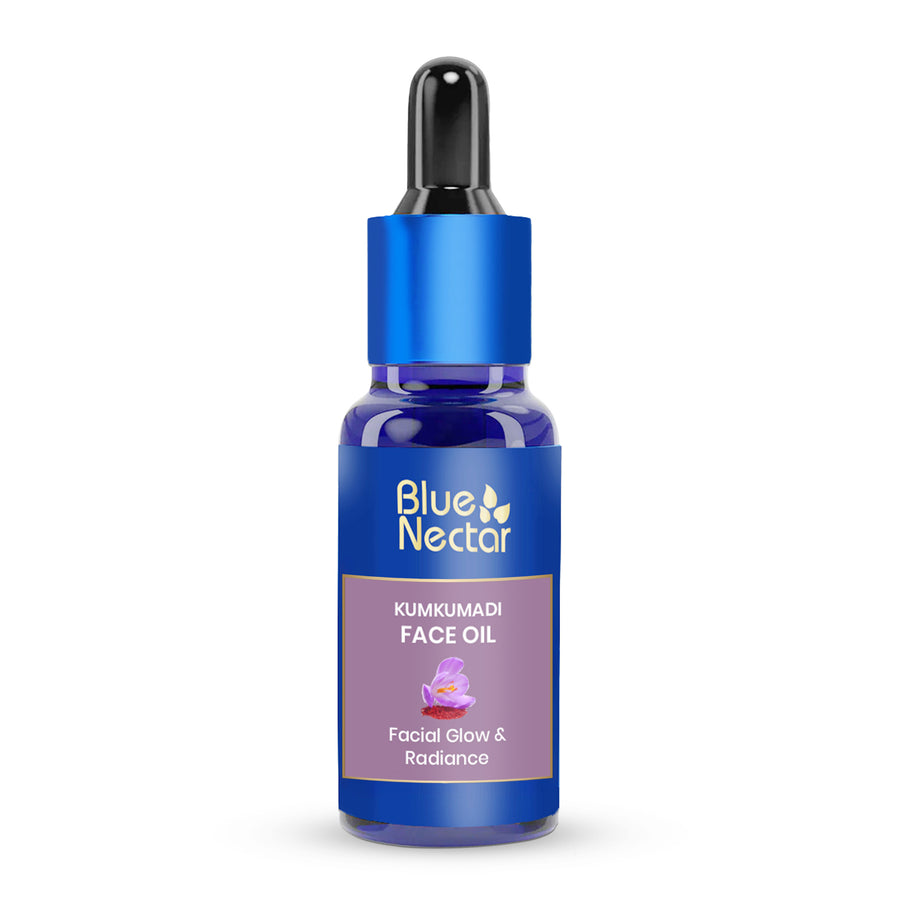
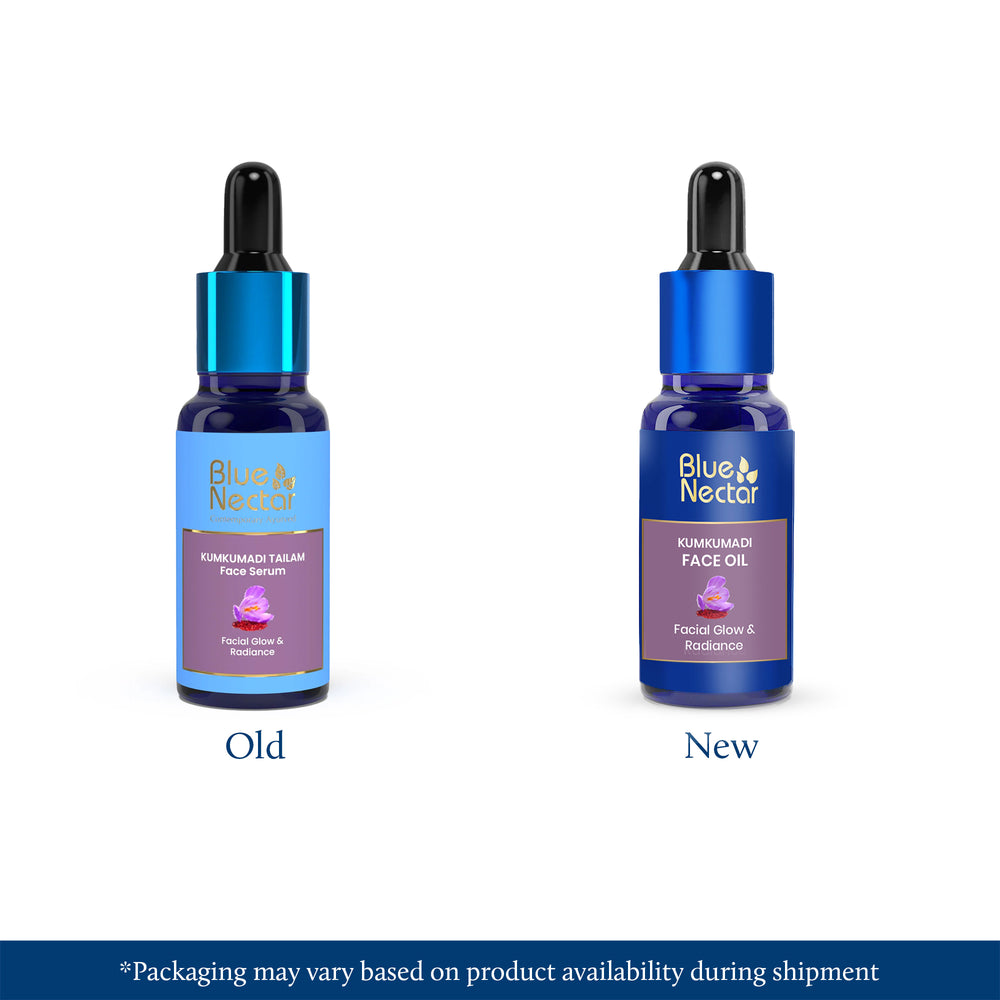
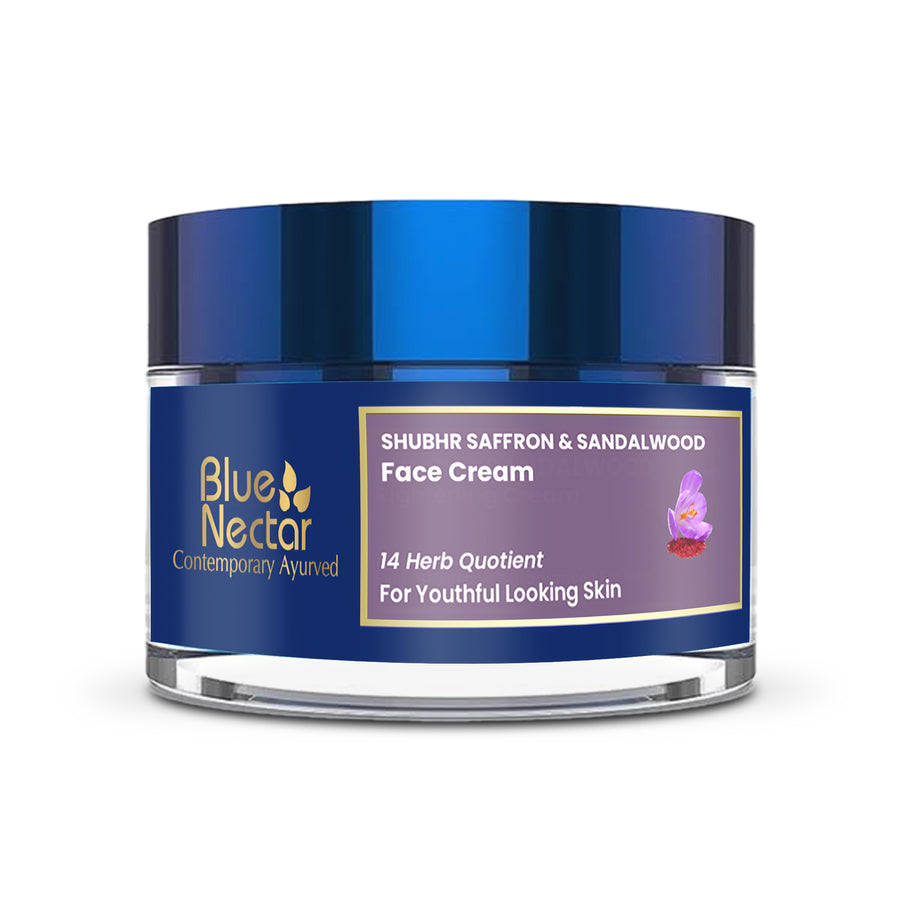
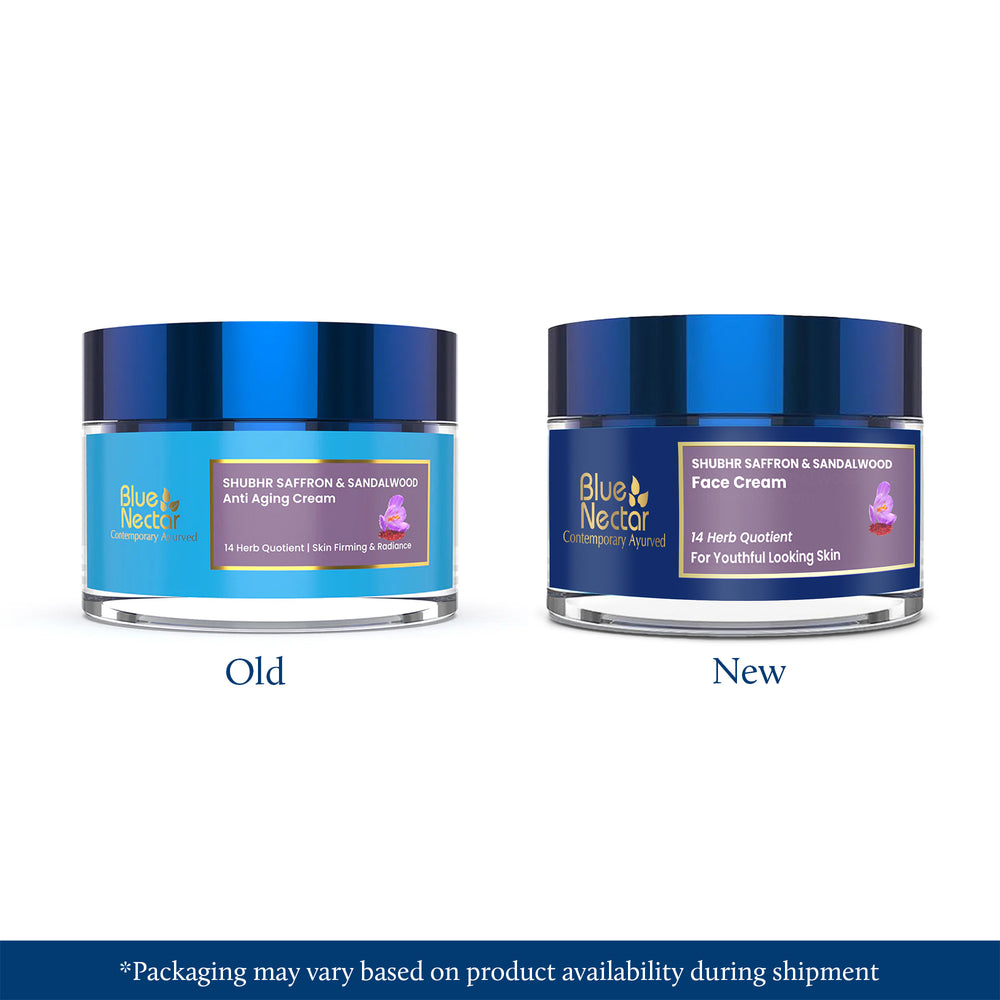
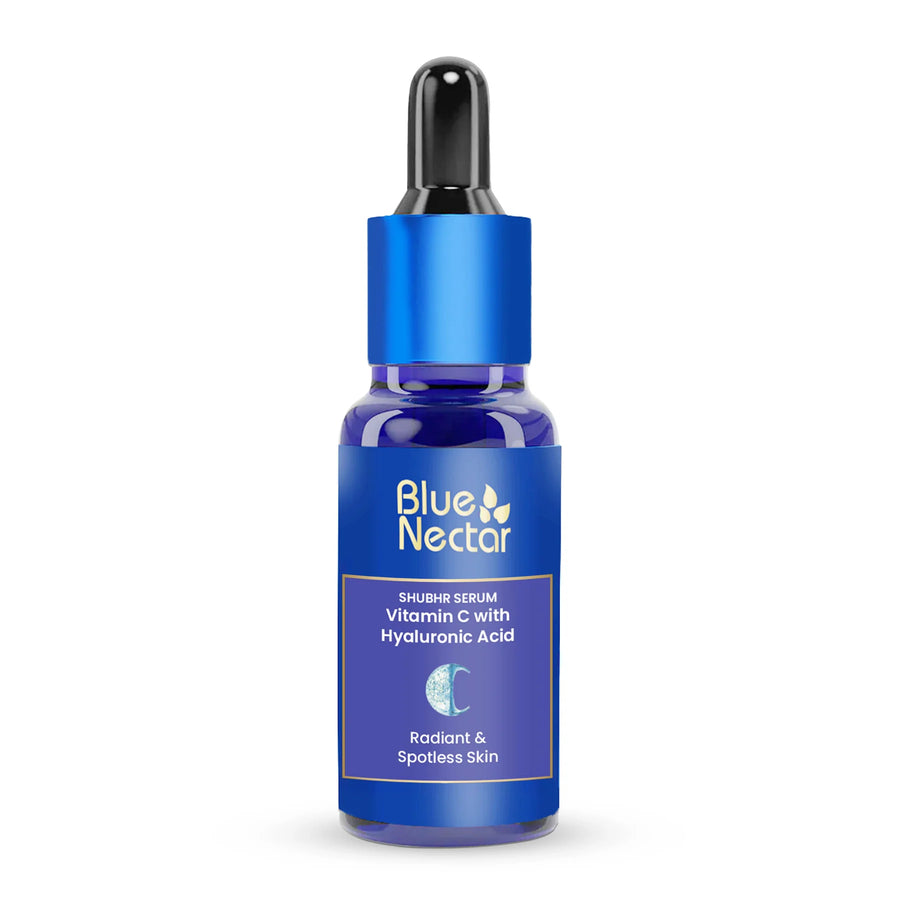
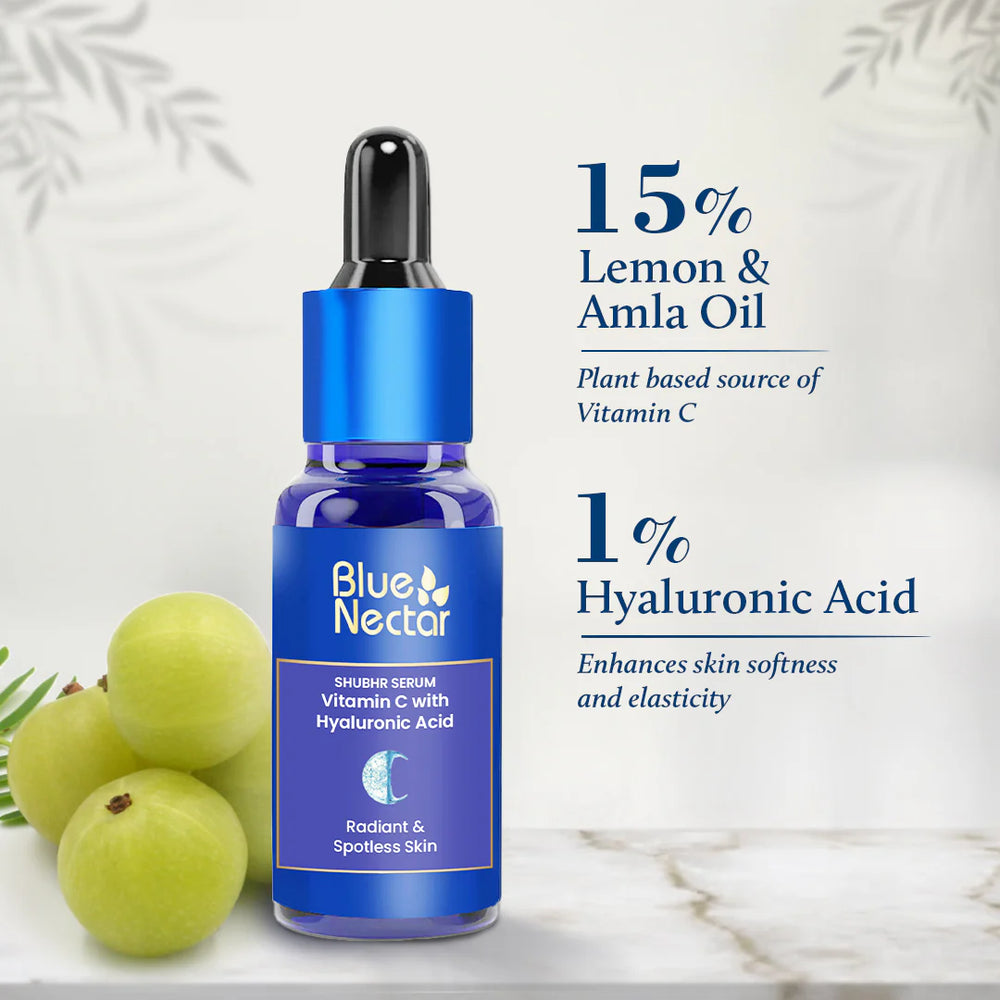

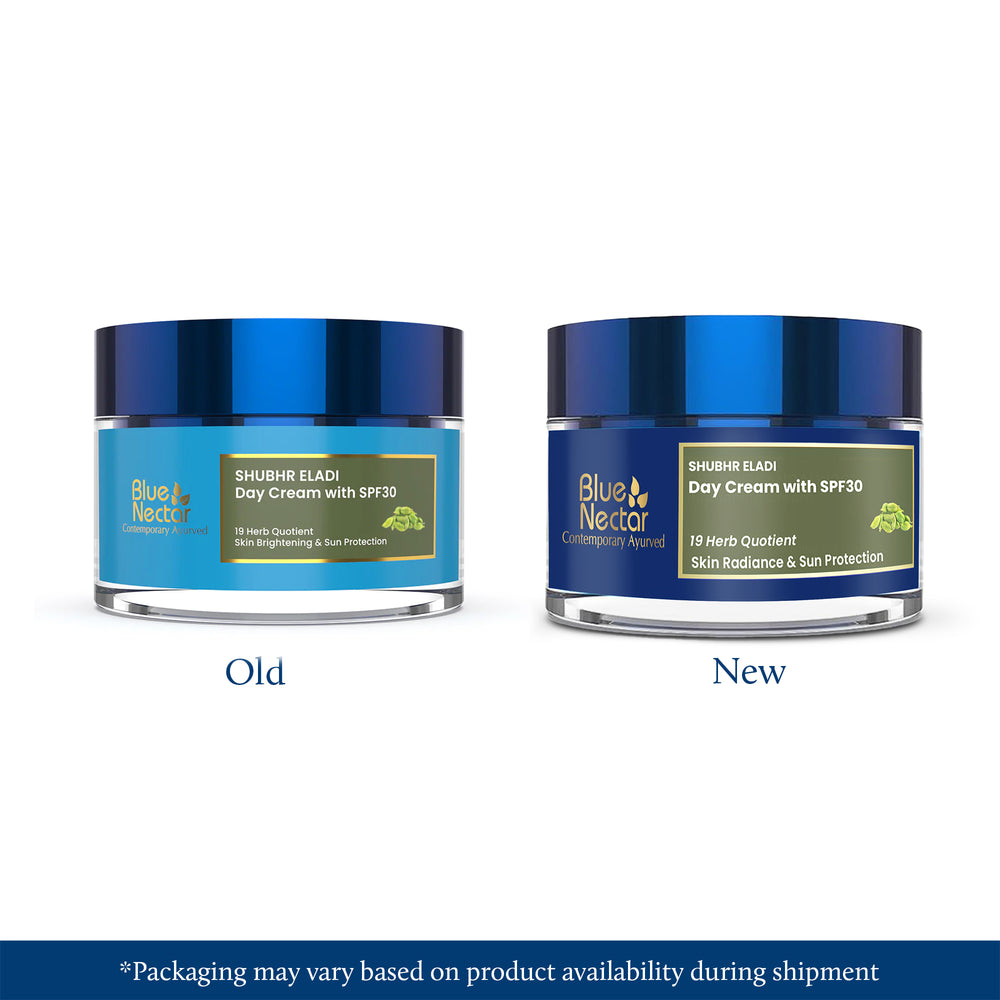
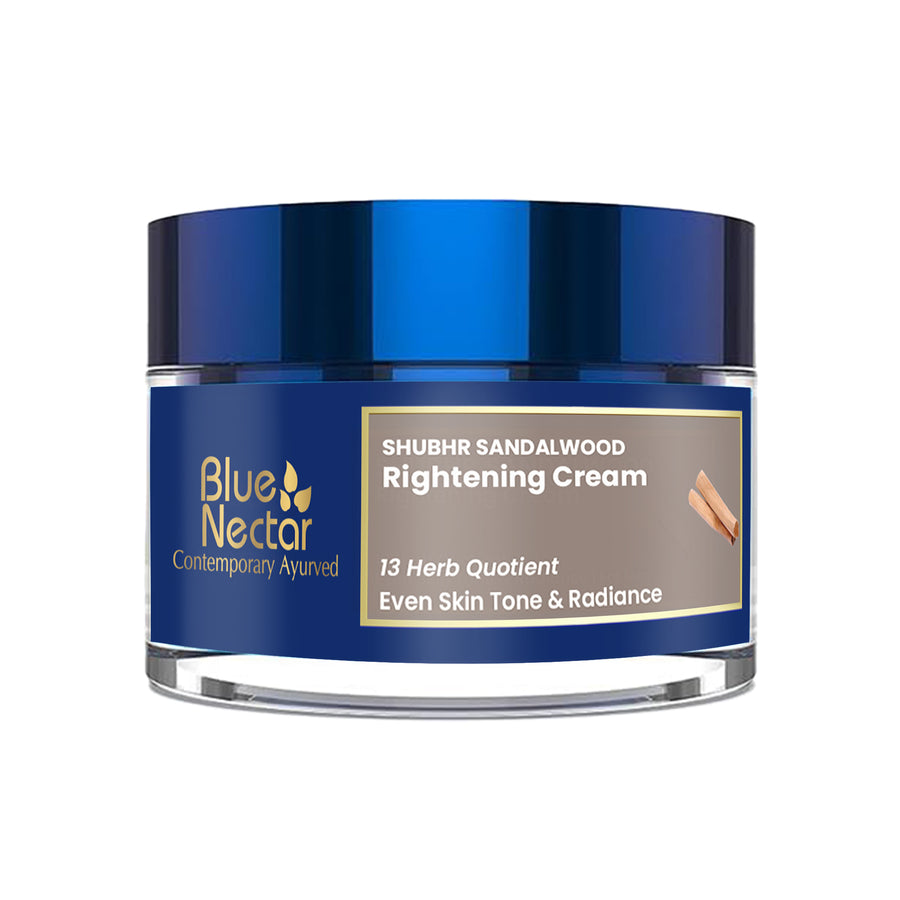
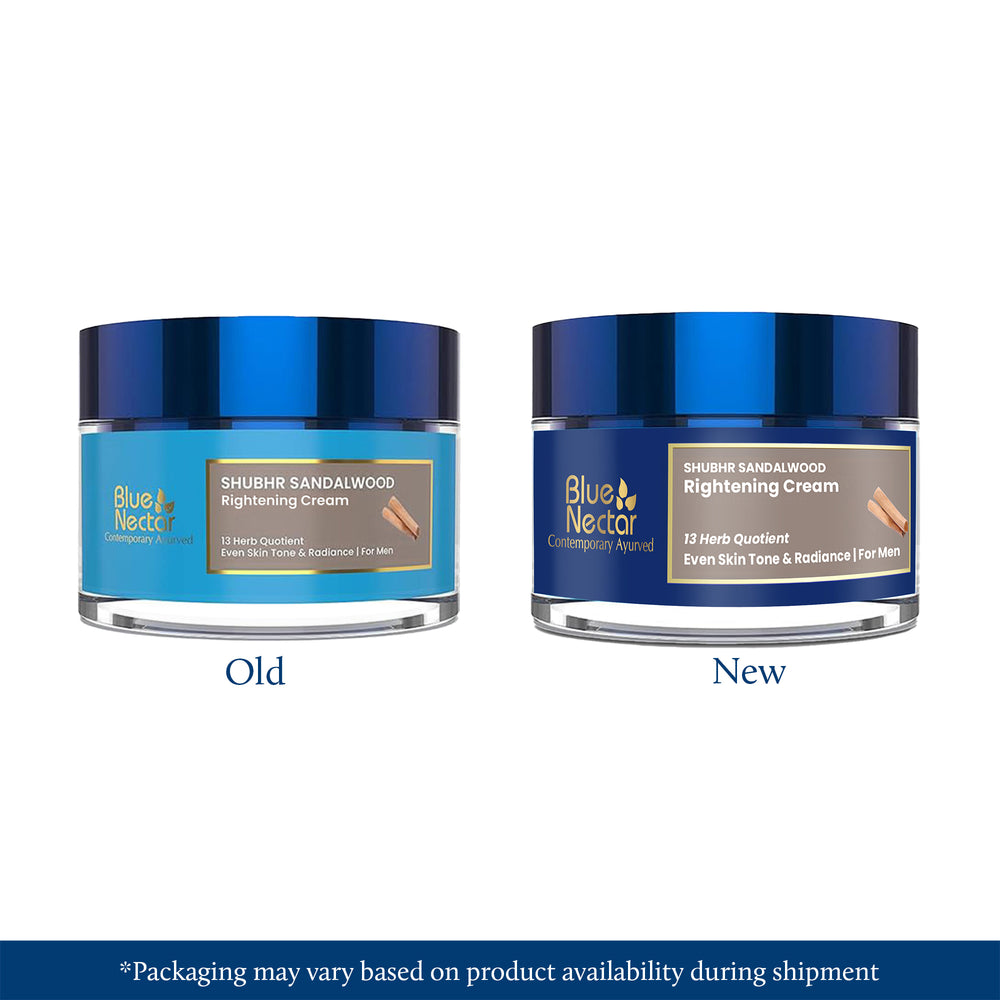




Leave a comment